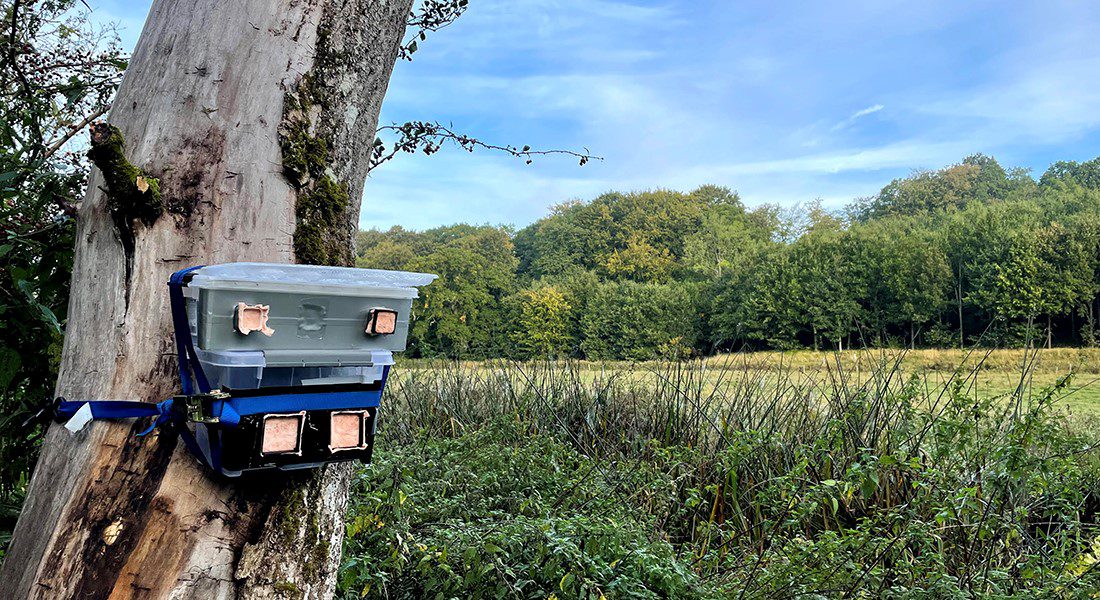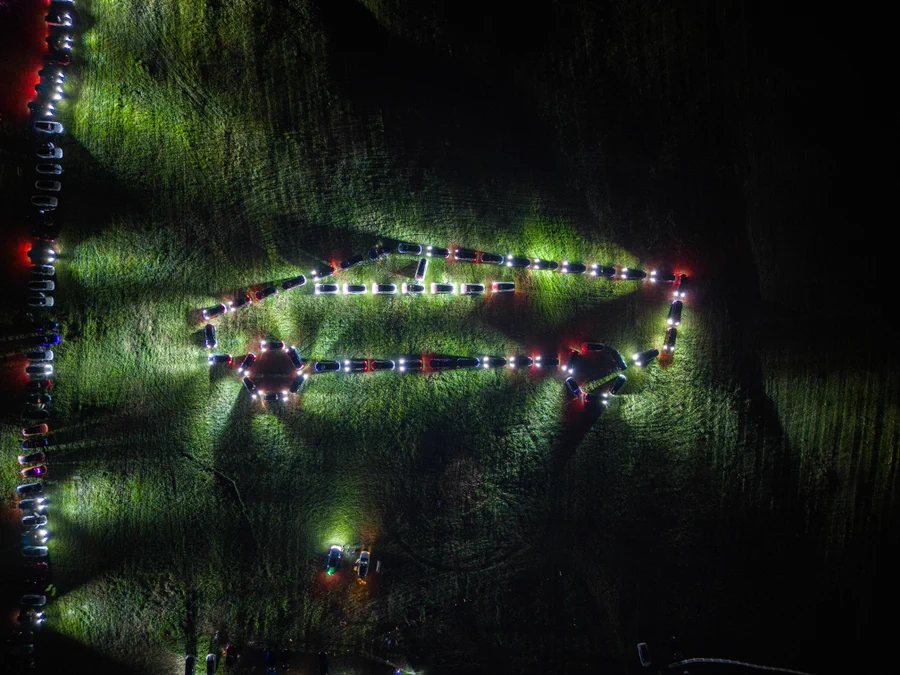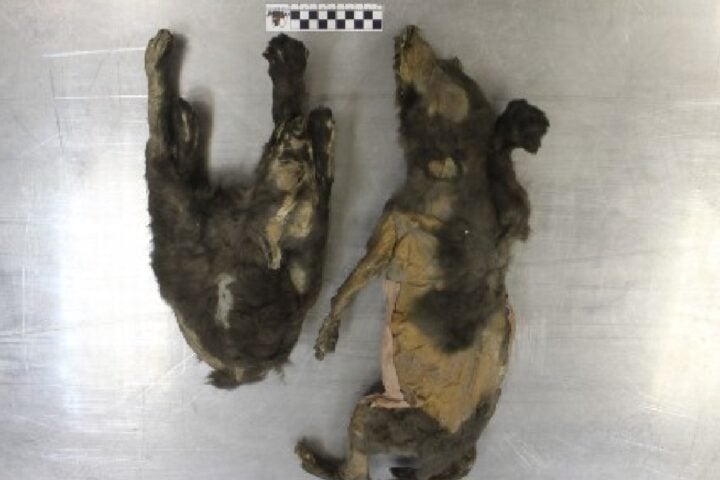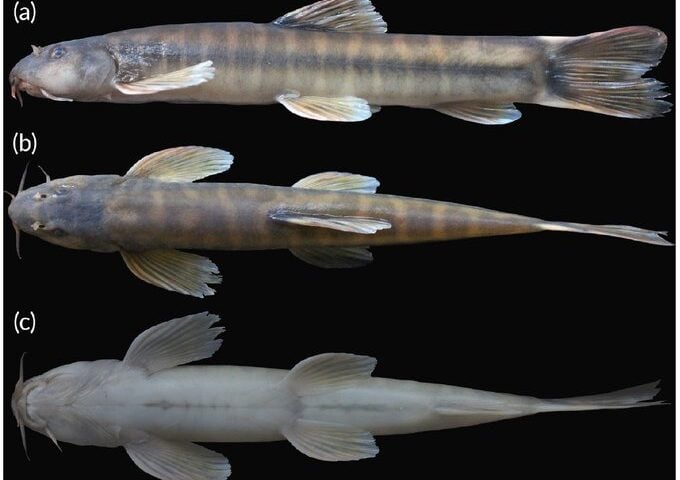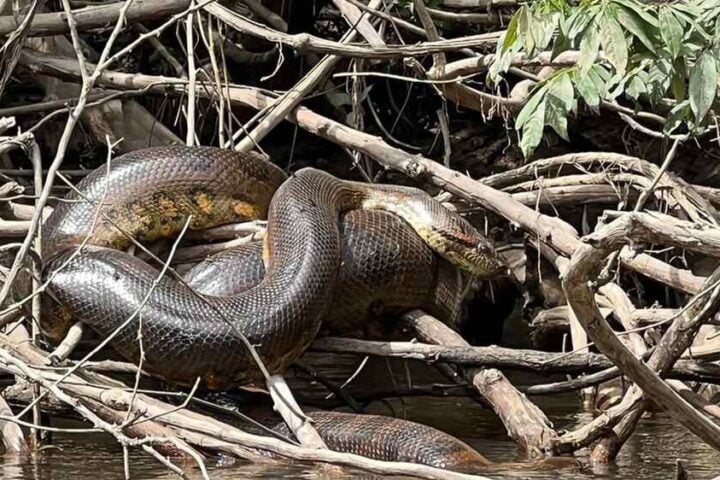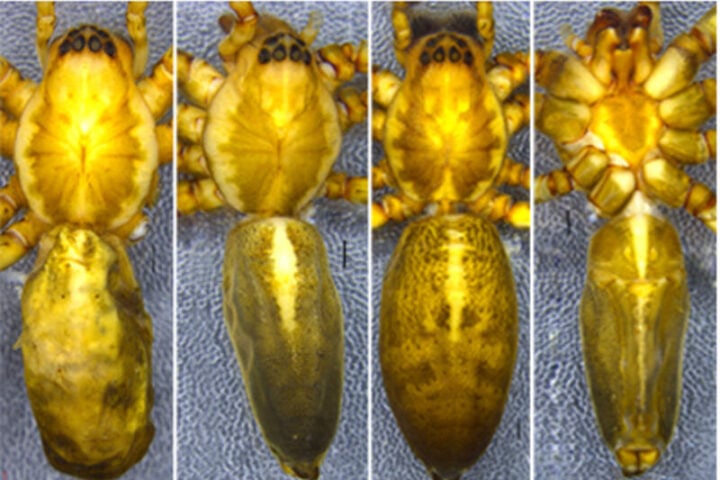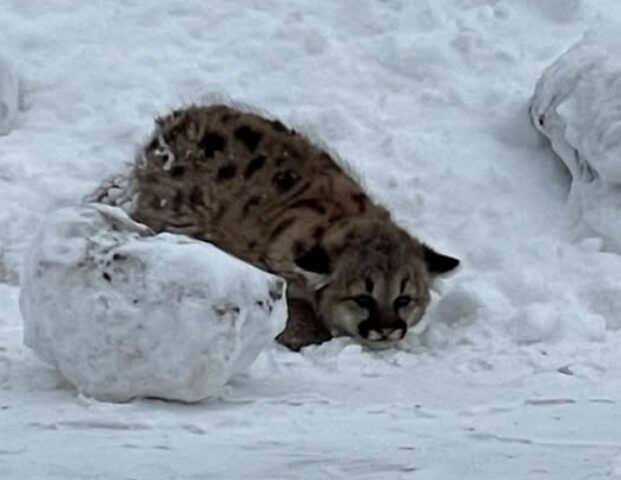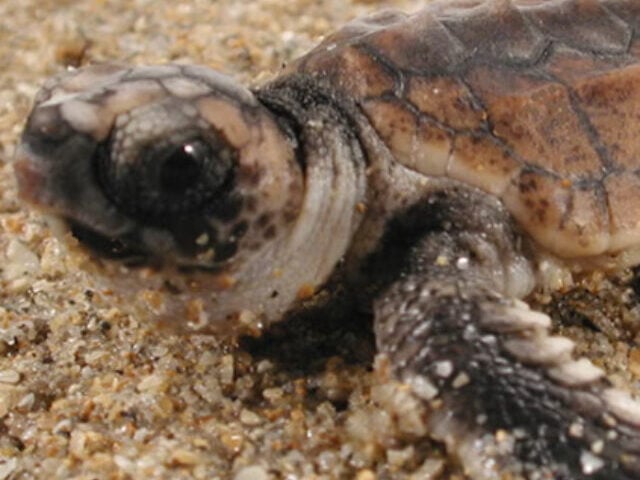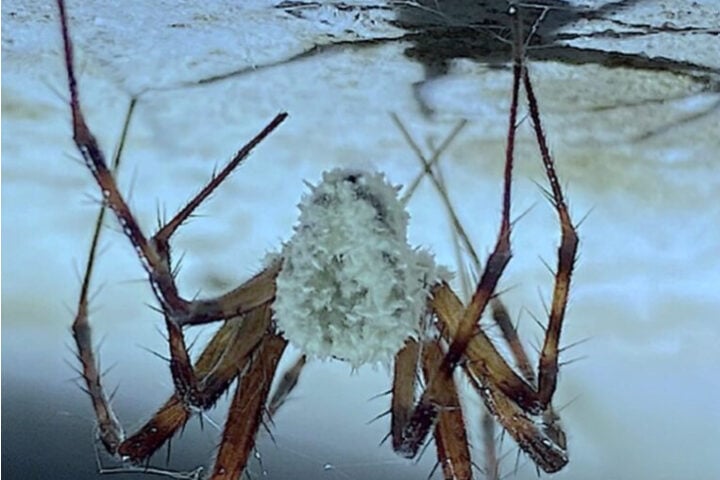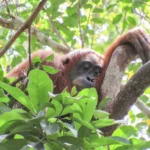In a pioneering scientific breakthrough, a team of researchers from the Globe Institute at the University of Copenhagen embarked on a three-day expedition into a Danish forest. They aimed to vacuum animal DNA from the air, hoping to gain deeper insights into the forest’s unseen biodiversity.
Utilizing specially rigged boxes equipped with DNA air samplers, the team collected airborne particles containing traces of genetic material. Over the course of the expedition, they repeatedly swapped out air filters, capturing samples from the forest area equivalent to a football field.
Despite only physically observing a handful of animals such as squirrels, woodpeckers, and pheasants, their efforts paid off. DNA sequencing of the collected samples revealed the presence of an astounding 64 animal species, showcasing a vast range of biodiversity hidden to the naked eye.
The detected DNA belonged to a diverse array of both domestic and exotic animals, including cows, pigs, sheep, chickens, parakeets, and peacocks. The most exciting revelation, however, was the detection of DNA traces from around 50 terrestrial wild animals, including red deer, badgers, eagles, foxes, and newts, among others.
This DNA, termed as environmental DNA (eDNA), was sourced from fragments of hair, feathers, and skin cells shed by animals into their surroundings. Remarkably, nearly a quarter of the land-living animals previously recorded in the area were discovered through this non-invasive method within a short span.
The research built upon an earlier study by the same team, which had employed the method to map the presence of animal DNA in the air at a zoo. However, the results from the natural forest environment were even more significant. This demonstrated the potential of airborne eDNA as a vital tool in understanding biodiversity in less concentrated, wild environments.
Similar Post
The innovative technique not only promises to enhance strategies for biodiversity management but also offers a new way to assess disease spread in areas where humans and animals interact. It may further prove invaluable in monitoring ecosystem changes due to human impacts.
In order to verify their unexpected findings, such as the detection of peacocks, the researchers took the rigorous step of contacting local residents. Despite the tiny amounts of eDNA collected, the study represents a sensitive and non-disturbing method for mapping animal presence, opening a new chapter in biodiversity monitoring.
The revolutionary approach of DNA air sampling provides unique opportunities to study species distribution, disease surveillance, and biodiversity. It allows scientists to get a comprehensive snapshot of the biological entities in a location by collecting and analyzing airborne DNA. Using techniques such as polymerase chain reaction (PCR) and next-generation sequencing, researchers can identify the species from which the DNA originated.
Aside from ecological research, the technique could revolutionize disease surveillance in public health by detecting airborne pathogens and allergens. It also has potential applications in forensics, such as detecting a suspect’s presence at a crime scene through airborne biological traces.
While promising, DNA air sampling does face potential challenges, including contamination, uneven DNA distribution, and the need for comprehensive reference databases. To overcome these limitations, ongoing research and continuous refinement of the methodology are necessary, marking an exciting new frontier in biodiversity study.
